Picture-postcard scenery, crystal-clear waters that teem with a myriad of marine life, and footprint-free white sandy beaches shaded by swaying coconut palms that are lapped by gentle waves, the Maldives is easily one of the world’s most beautiful destinations. Home to more than 1,200 tropical islands, atolls, and sandbanks, the Maldives offer a wealth of activities for all tastes, ranging from snorkeling and scuba-diving to swimming, surfing, and sun-worshipping, which can be enjoyed year-round.
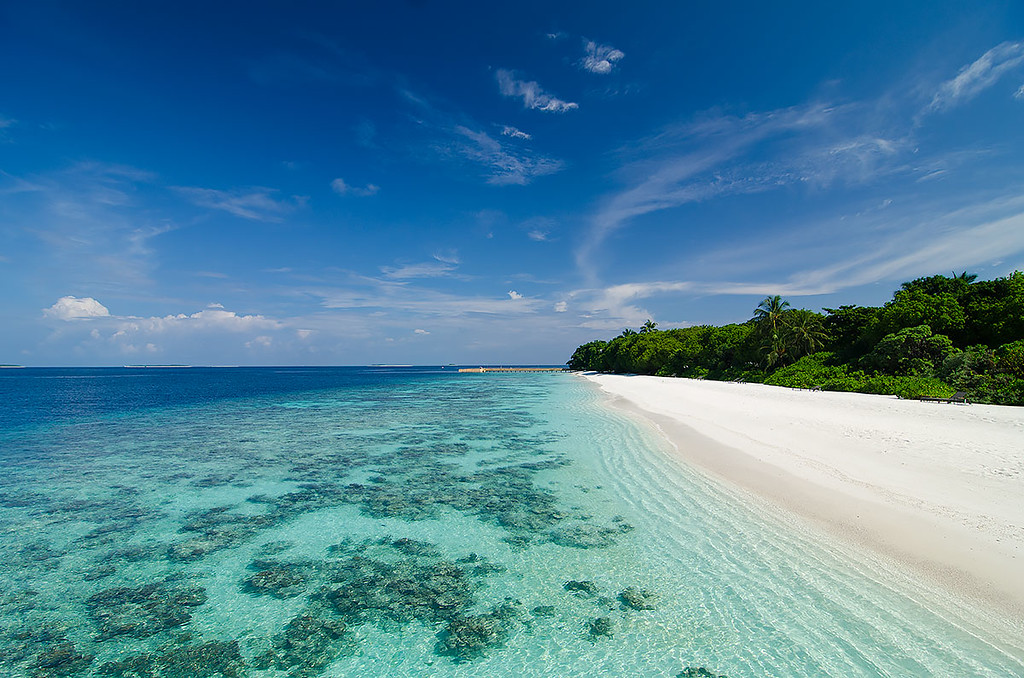 Photo credit: Silver Sands Travel
Photo credit: Silver Sands Travel
The Maldives is hot and sunny all year, with average temperatures of between 23ºC / 74ºF and 31ºC / 88 ºF, making it an ideal year-round destination for some fun in the sun. There are, however, better times of the year to travel to the Maldives, as some months see higher rainfall and winds than others. The island nation enjoys the best weather between November and April with full days of sunshine, warm air and sea temperatures, and very little rainfall. The monsoon season runs between May and October, peaking around June, with the northern atolls seeing the highest rainfall between May and November, and the southern atolls between November and March.
Dry Season and Wet Season
The dry season in the Maldives typically runs from around mid-December through early May, but these tend to change each year. The Northeast Monsoon season, which is most prevalent in the northern atolls, actually occurs between November and March, but due to being the dry season, it rarely amounts to anything more than a quick downpour or shower, a couple times a week. The rainy season in the Maldives runs from early May through mid-December, with the Southwest Monsoon season (in the southern atolls) officially being in July and August.
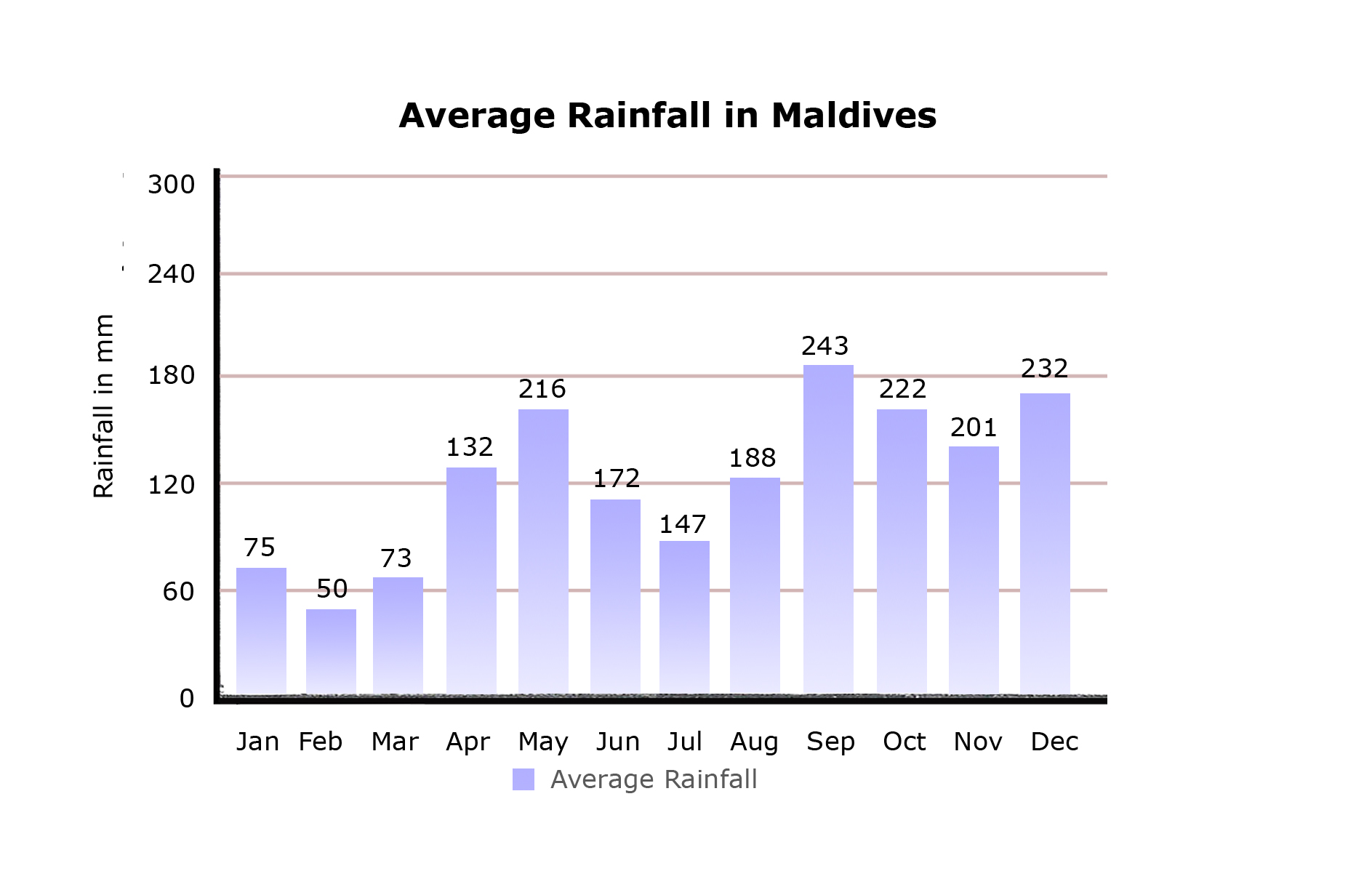 Photo credit: Wikipedia
Photo credit: Wikipedia
Cloudbursts and Sunshine
Typical of the tropics, when it rains in the Maldives, it pours down heavily for a short time and then clears up just as quickly. Even during the dry season, it is not unusual to have a brief, torrential downpour in the afternoon, followed by a beautifully clear and balmy evening.
During the rainy season, it tends to rain more at night, so days are sunny and bright with just a few interspersed clouds and some light rainfall. It’s rare to have more than a few cloudy days per week with sunny days in between.
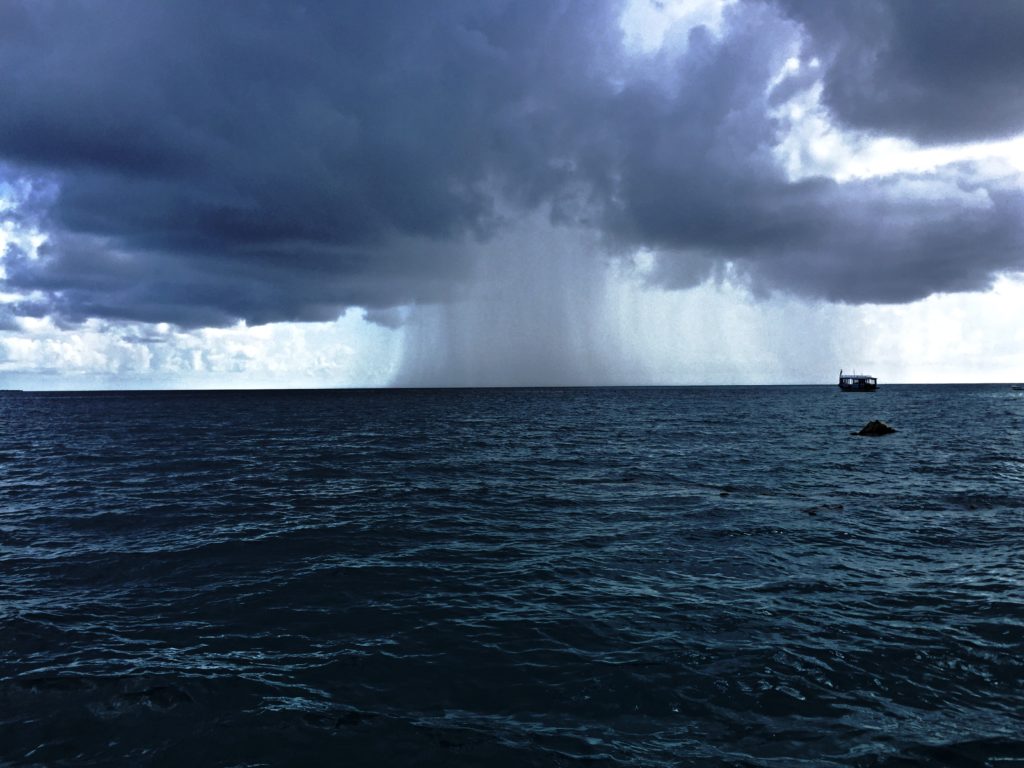 Photo credit: Mapped Musings
Photo credit: Mapped Musings
Humidity
It is relatively humid all year round in the Maldives with a typically muggy tropical feel, which takes a few days to become acclimatized to. The temperature, however, rarely peaks much above the averages, so even the high humidity is never unbearable like it can be in Mediterranean Europe during the hottest summer months.
Winds
Being an archipelagic island nation strung through a vast portion of the Indian Ocean, steady winds cross through the Maldives throughout the year, bringing cool breezes to the islands. During the Southern Hemisphere winter, which lasts from March until October, the bring off-shore winds that create beautiful, peaking surfing waves for those who are there to surf.
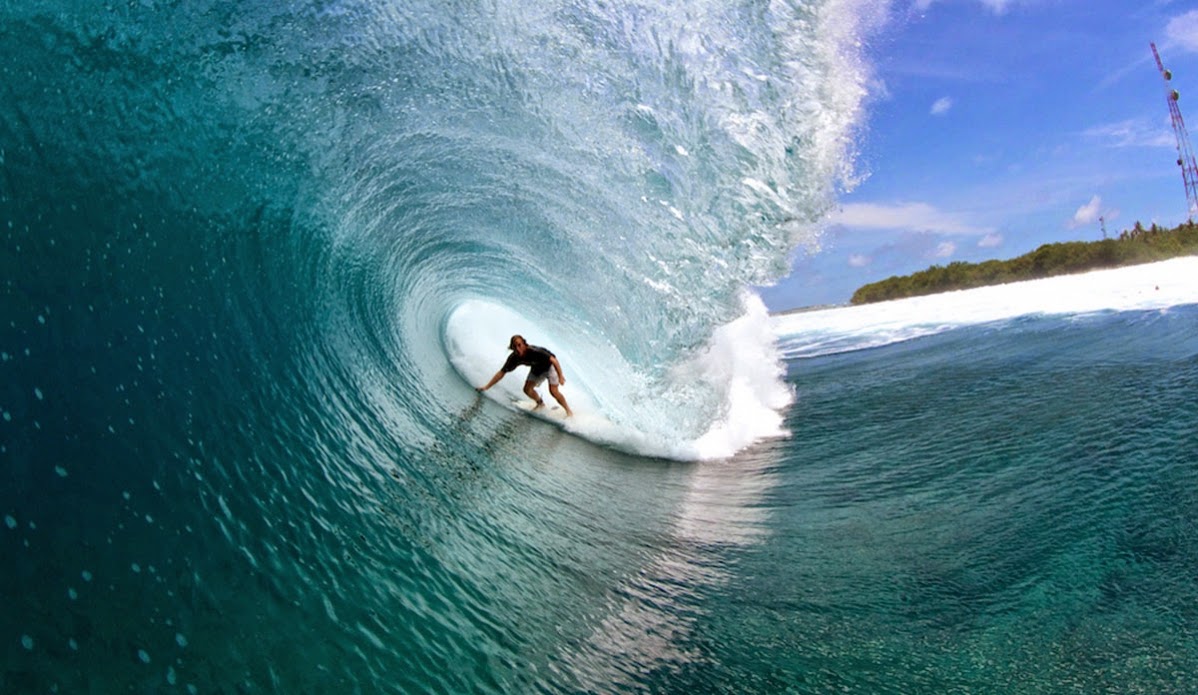 Photo credit: Lalumi Travels
Photo credit: Lalumi Travels
Here is a month-by-month guide to the weather in the Maldives and the best times to visit.
January
The Maldives’ weather in January sees hot, sunny days with low humidity and plenty of sunshine. There might be a slight chance of some rain, but this tends to occur in the afternoons and passes over quickly. The ocean is clear and warm with excellent visibility and is perfect for snorkeling and scuba-diving.
February
February is probably one of the best months to visit the Maldives. It’s the nation’s driest month, with less than 70mm of monthly rainfall, around 10 hours of sunshine every day, and balmy temperatures of 30°C / 86°F plus. Visibility is excellent for snorkeling and scuba-diving.
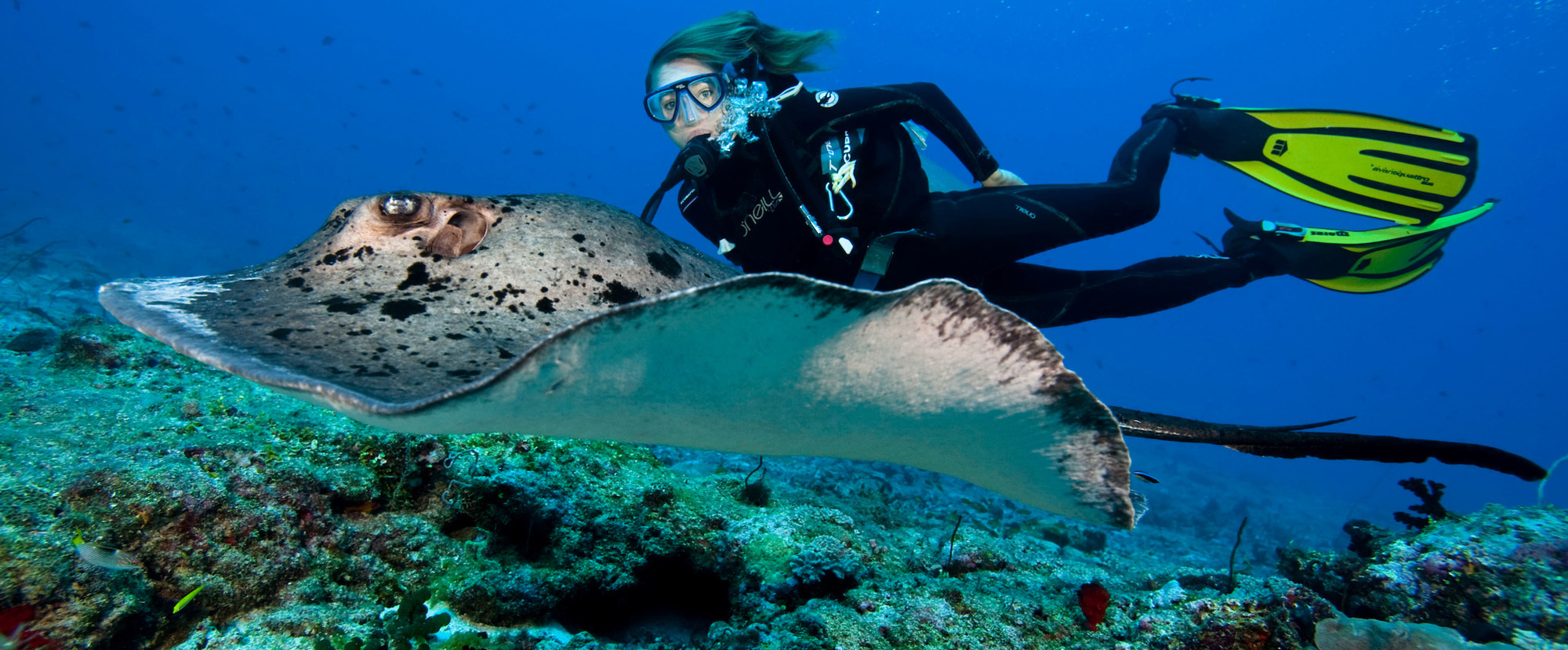 Photo credit: ZuBlu Diving
Photo credit: ZuBlu Diving
March
March in the Maldives sees temperatures rising to an average of 30°C / 88°F which are great for long, lazy days on the beach, sunbathing, snorkeling and swimming. There might be a few possible short bursts of rain, which offer relief from the steaming temperatures, and visibility is excellent for snorkeling and scuba-diving. March is also the beginning of the surfing season in the Maldives, which brings beautiful waves and last until October. During this ‘surfing season,’ the biggest waves are most likely to occur between June and August, caused by storms in the Roaring Forties bringing big swells to the archipelago.
April
This is another gorgeously hot month in the Maldives with temperatures reaching into the mid-30s / 80s. April is officially the end of the dry season, and frequent showers begin to occur around the middle of the month. The air also becomes more humid, however, visibility for snorkeling and scuba-diving is excellent. This is also a good time to enjoy an open water swimming holiday with flat calm seas.
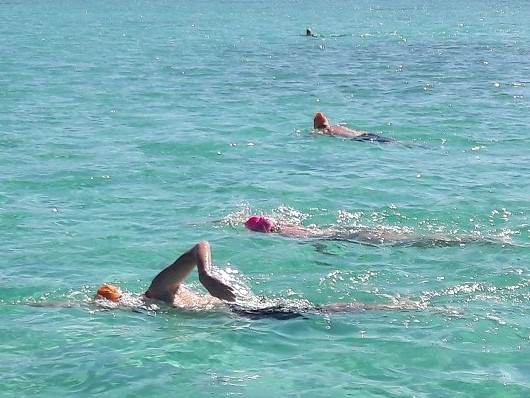 Photo credit: SwimQuest Swimming Holidays
Photo credit: SwimQuest Swimming Holidays
May
May is officially the beginning of the wet season with hot, muggy days, average temperatures of 31°C / 88°F, and a high risk of heavy rainfall and storms during the day. Due to the heavy rainfall and higher levels of plankton in the water, visibility for snorkeling and scuba-diving is slightly reduced, but still enjoyable. Be aware that if there are thunderstorms in the area, it’s not a good idea to be in the water, so head down to the beach for some water-based activities. May also sees the start of the holy month of Ramadan (known as Ramazan in the Maldives), bringing some restrictions to local islands.
June
While June has a high chance of rainfall and reduced visibility due to the plankton in the water, this is a fantastic time to dive with manta rays and whale sharks that come to feed on the vast amounts of plankton in the water. This month sees many of the resorts offering special deals where visitors can enjoy the plethora of non-beach and water-based amenities that they have to offer. The holy month of Ramadan (Ramazan) continues into June.
July
The Maldives’ weather in July is hot and humid, with short heavy downpours. This is a particularly good time of the year for surfers with the largest waves stemming from the storms in the Roaring Forties bringing big swells to the archipelago. Swell is amazingly consistent during this time of the year, with the average wave measuring two to eight-foot in height. It is also still a great time to dive with manta rays and whale sharks that come to feed on the enormous amounts of plankton in the water. The 26th July is the Maldivian Independence Day and sees parades and public celebrations on most of the resort islands.
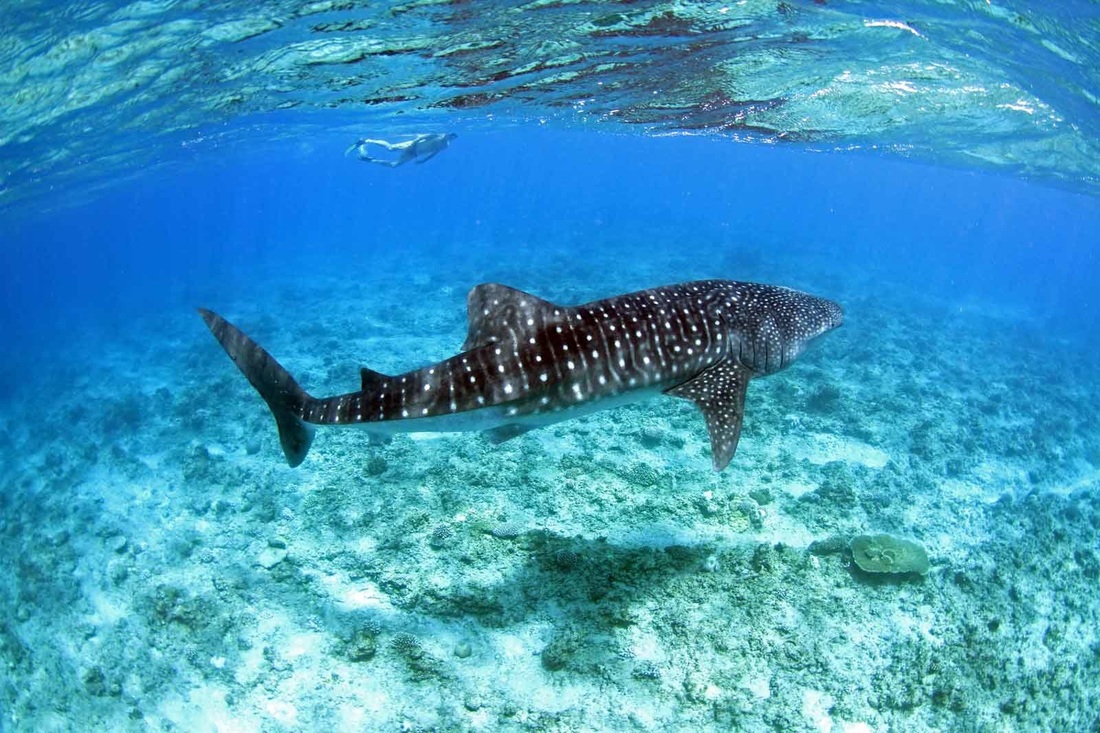 Photo credit: idivetravel
Photo credit: idivetravel
August
August is hot, humid and wet, with an average of seven hours of sunshine each day and short heavy downpours throughout the day. Visibility is slightly reduced due to the plankton in the water, but many of the resorts offer enticing deals, making it a favorite time to visit.
September
September in the Maldives is one of the wettest months with average maximum temperatures of 30°C / 86°F and around seven hours of sunshine each day. Due to the heavy rainfall and higher levels of plankton in the water, visibility for snorkeling and scuba-diving is slightly reduced, but still enjoyable with excellent chances of seeing manta rays and whale sharks.
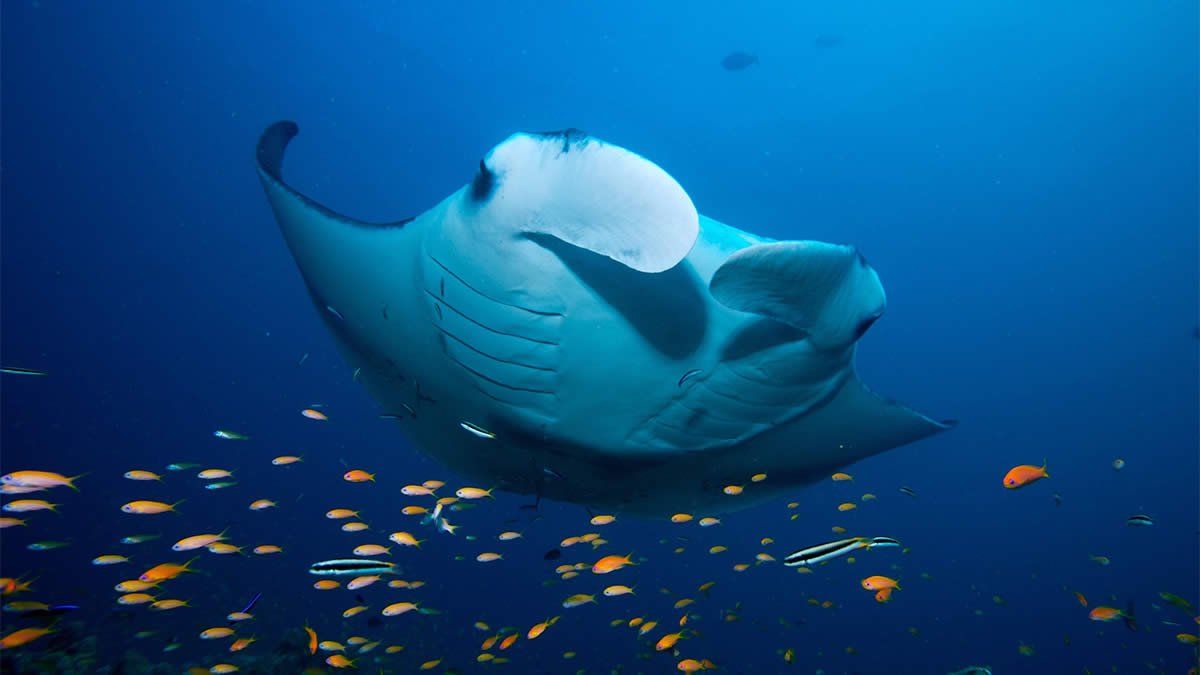 Photo credit: ProDivers
Photo credit: ProDivers
October
October is the Maldives’ wettest month, with high humidity and full days of rain. This is the last month of the Maldives’ surfing season, with the South-West monsoons, which occur between May and October, providing outstanding surfing the Northern and Central Atolls. Due to the heavy rainfall and higher levels of plankton in the water, visibility for snorkeling and scuba-diving is slightly reduced, but still, a great time to dive with manta rays and whale sharks.
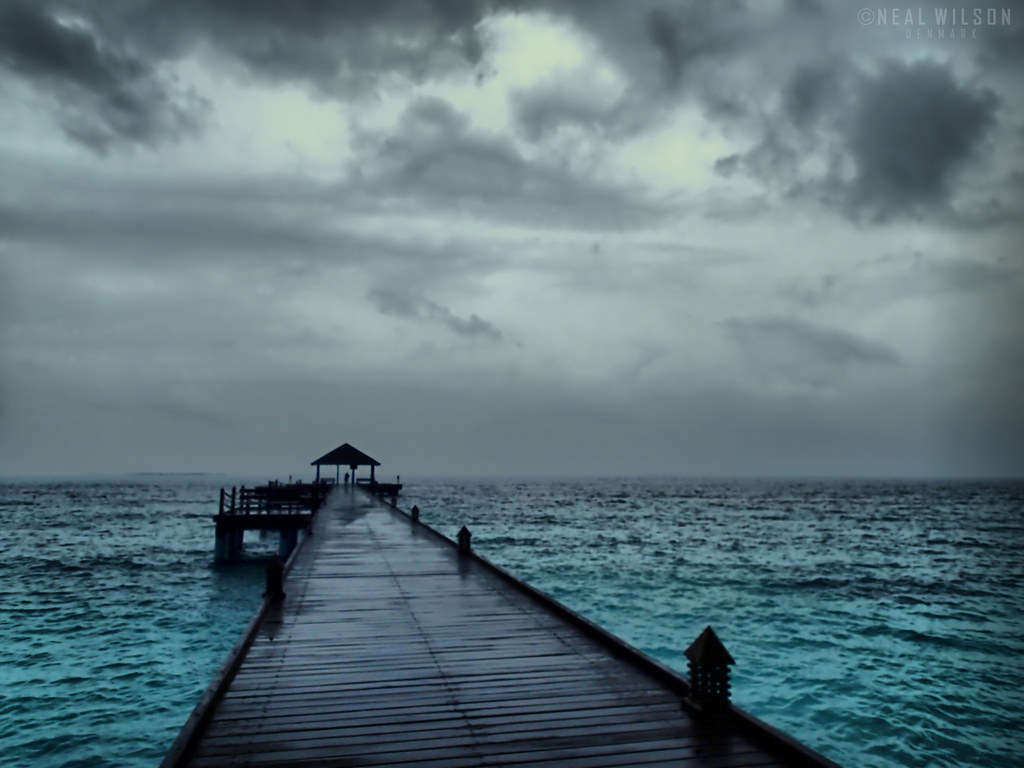 Photo credit: Five Prime
Photo credit: Five Prime
November
November in the Maldives is the end of the wet season with short showers in the afternoons and otherwise bright, sunny days. Temperatures average around 30°C / 86°F, and the visibility of the water begins to clear of the plankton, making for good scuba-diving and snorkeling.
December
The climate in December is primarily hot and dry with showers around the middle of the month. This time of year is ideal for a mid-winter escape and some sun. Christmas and New Year are particularly popular and may include minimum stays at some resorts.
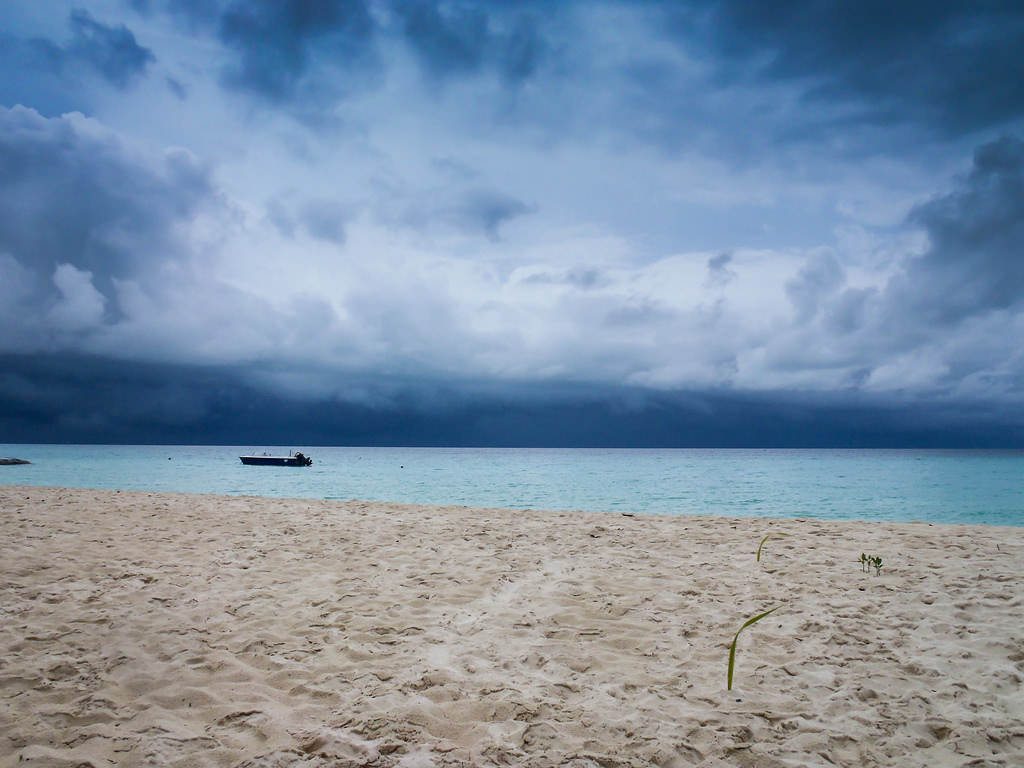 Photo credit: Five Prime
Photo credit: Five Prime
Article by Mia Russell©

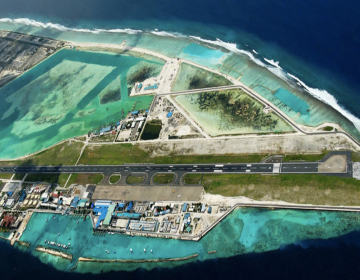
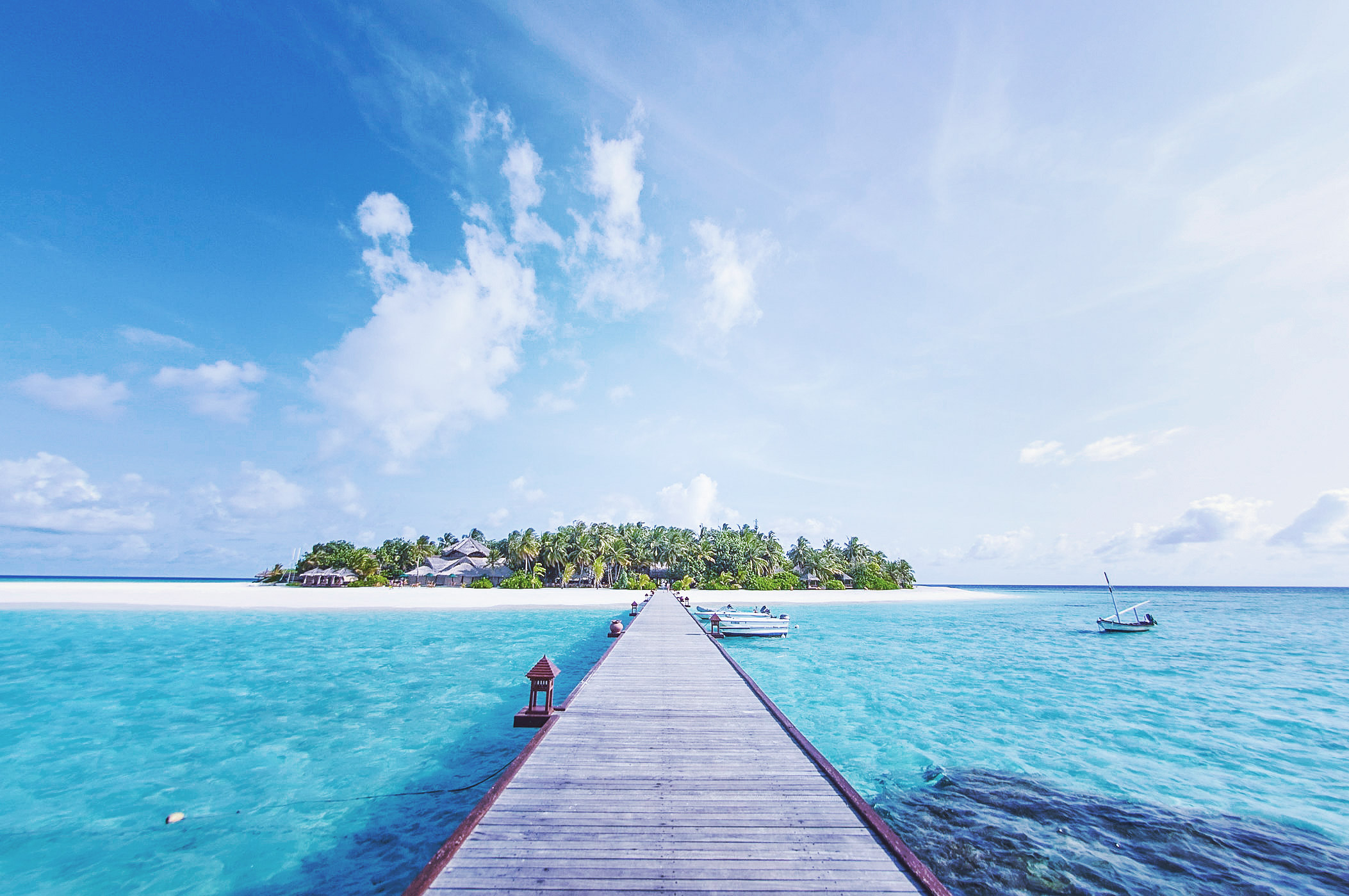
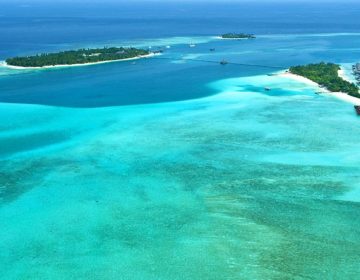
[…] it can be a rather enjoyable experience having a swim in the sea why the warm rain falls. Check out this article for the best time to visit the […]
[…] a look at our guide to some of the best resorts in the Maldives, as well as a detailed guide to weather in the Maldives which goes over the different seasons and the best times to visit. Holidaying to the Maldives for […]
[…] The Maldives off-peak season runs between May to November, during this time the weather can be pretty unpredictable with frequent downpours depending on which month you choose to go. On the other hand, it’s the time when really can find those best low-cost Maldives holidays. During this time the Maldives resorts are often a lot quieter too, so you’ll find you get it a little slice of paradise to yourself. Check out this article for the best time to visit the Maldives. […]
[…] Why not have a look at our best resort recommendations? We also have an excellent article on the best time to visit the Maldives. With a little reading and research, you will be able to narrow down your best resorts and find a […]
[…] articles that will help you with everything from finding your dream Maldives resorts, to choosing the best time of the year to go to the Maldives. We even have the ultimate guide to packaging for your Maldives vacation, so that you can make sure […]
Could you recommend best resort to stay with a 3 year old toddler? Thank you.